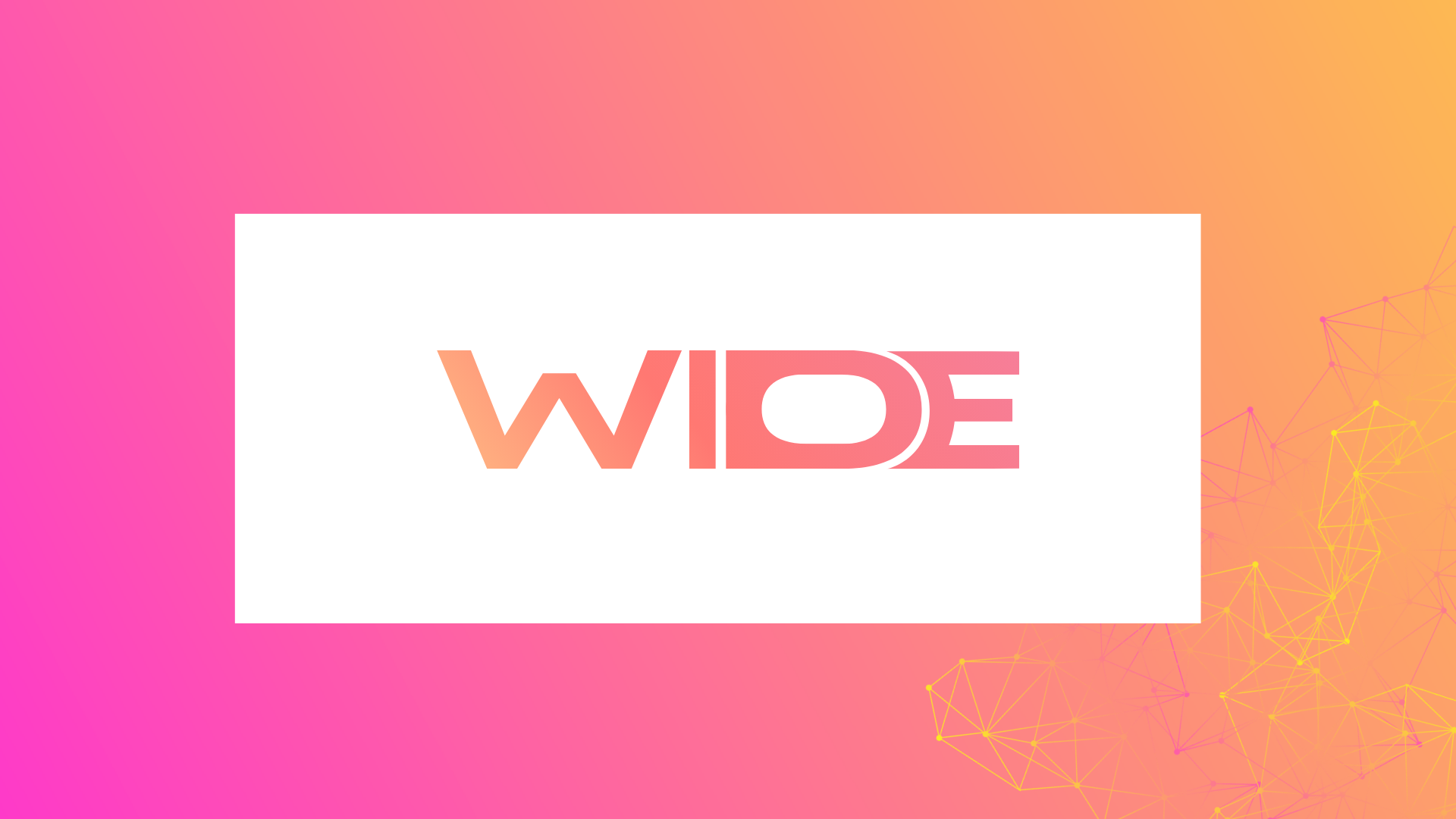WIDE aims at creating the technological means to bridge Decentralized Identity (DID) between the trusted identity frameworks and Web3 for to increase data availability for decentralized autonomous organizations (DAOs) on public-permissionless distributed ledger technologies (DLT). The WIDE bridge is use-case agnostic but has the goal of enhancing credential access for organisations domiciled in Web3 and protecting individuals’ data privacy rights at its heart.
Learn more about the latest advancements of this team in the interview below.
Can you briefly present your team?
WIDE brings together acurraent, a German innovation agency, the University of Malta and a technical expert in aim of creating a bridge for digital identities that will connect European trust frameworks with Web3. Today, students and recent graduates at the University of Malta already receive a digitally signed European Digital Credentials that can be uploaded to the Europass platform. However, such credentials do not empower holders to be part of the ‘new work’ paradigm. Decentralised Autonomous Organisations (DAOs) often value experience over university degrees — this may be due to the fact that even if DAOs are presented with such credentials, they cannot reliably verify their validity and applicability.
How did you come up with this project idea and what benefits will it bring to the end users?
Since Web3 entities are often curtailed to hiring based on degrees, students and recent graduates are at risk of leaving university with digital credentials that cannot readily be presented to such blockchain-powered communities. Web3 Identities for DAOs and Education (WIDE) addresses this gap for Web3-compatible attestations and legitimises the European Commission’s proposal “for amending Regulation (EU) No 910/2014 as regards establishing a framework for a European Digital Identity” (eIDAS 2.0) by creating an application for the European Digital Identity Wallet (EUDIW) envisioned in eIDAS 2.0. To this end, WIDE has forged partnerships with Web3 organisations to test the bridging framework proposed for the facilitation of local meetups and for pseudonymously presenting eligibility criteria for projects.
How is TrustChain supporting your growth and what role does it play for the next steps in your development?
TrustChain challenged the project in emphasising the importance of a user-centric approach. The coaching it provided balanced the engineering aspects of the project with user-research. Furthermore, it brought WIDE together with its peers and fostered coopetitive development. In the future we will draw from the valuable connections and synergies for offering seamless user experiences across platforms and within the TrustChain ecosystem.
Why did you apply to the TrustChain call and has your vision changed since then?
TrustChain is aligned with the development of the European Digital Identity Wallet, while being more open towards innovative technologies and approaches. These two aspects drove our application, as we anticipated some research was still needed, but the WIDE platform was complementing the artefacts coming out of the Large Scale Pilots (LSPs). The vision to WIDE has changed through TrustChain in the sense that it became more ambitious.
What is the most valuable takeout from the TrustChain project and why was the topic of the Open Call important to you/your team?
WIDE provides stakeholder engagement and user generation, interoperability across distributed ledger networks into an end-to-end value generation flow. Thus, WIDE contributes to the long-term sustainability of Web3 ecosystems in Europe and the market penetration of solutions in the cluster of the Next Generation Internet.
Did you establish collaboration with any of the TrustChain teams or plan for any kind of synergies? If yes, what is the biggest potential in such collaborations?
WIDE has explored integrations with other NGI TrustChain projects, such as Forkbomb and walt.id. The end-to-end user flow for claim storage and verification, which also boasts on-chain compatibility can be used as a condition for Forkbombs DAO signature aggregator. It also extends the reach of eIDAS 2.0 compliant wallets, such as walt.id into the realm of Web3.
What are your expectations regarding the TrustChain software ecosystem and its contribution to the NGI priority areas?
We expect users to feel the freedom, flexibility, and equality the European Union promises to the world. Thus, TrustChain will become the platform for users where they can hop between applications, compose new use cases, and take control of their digital identities in a privacy preserving manner. Through its comparative openness, WIDE expects the TrustChain platform to offer more connections beyond the EU eIDAS 2.0 network and enable onand off-chain user-centric data management. We foresee collaborating with TrustChain participants in the future.
What are the next steps for your team?
WIDE will go live with its offering after the prototypes have been furthered into MVPs. In the meantime, WIDE continues to build applications and auxiliary use cases that can contribute to the growth of the WIDE TrustChain platform and enable end-to-end use case delivery in a user-centric approach.
What is the message you would give to new and potential applicants to TrustChain Open Calls?
We want to encourage new applicants to be boldly, courageously, and ambitiously proposing, as well as delivering user-centric digital identity solutions. Fostering adoption and emphasising usability are important for creating privacy-preserving applications that inscribe the European spirit into artefacts of the digital age.
Contributors:
- Ben Biedermann – Co-Founder & Managing Director, acurraent
- Professor Joshua Ellul – Director of the Centre for Distributed Ledger Technology, University of Malta
- Matthew Scerri – Senior DLT Consultant & Software Engineer
- Victoria Kozlova – Co-Founder & Creative Director, acurraent

